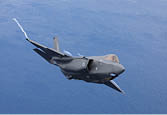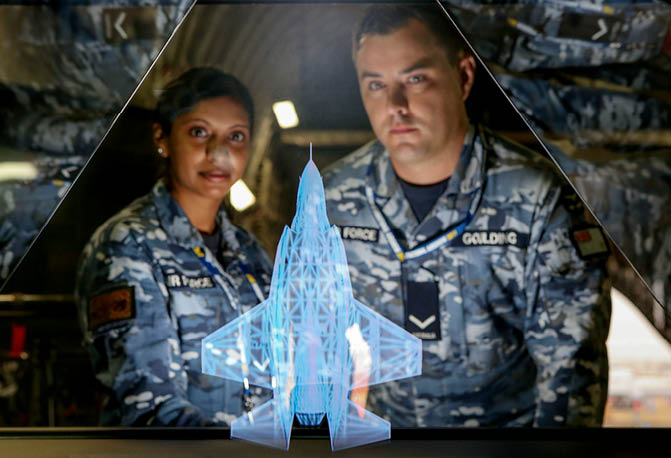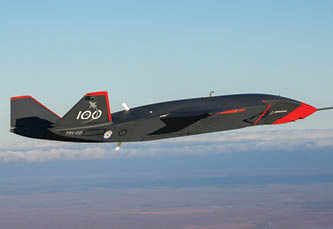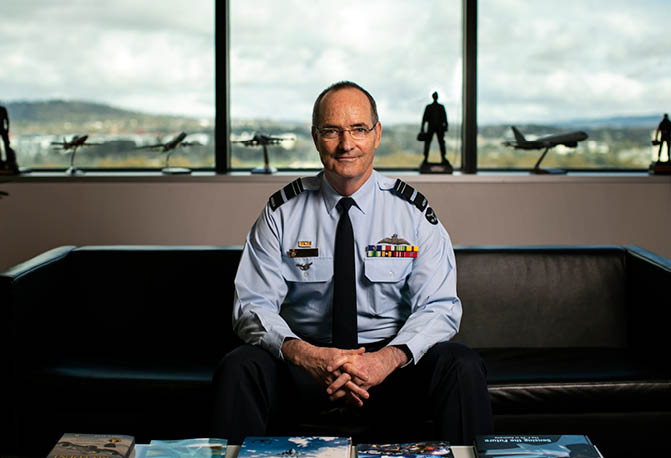The Royal Australian Air Force Turns 100
Established on 31 March 1921, the Royal Australian Force is the second oldest air force in the world. Since this time, the Air Force and its people have played a major role in peacekeeping, humanitarian missions and disaster relief within Australia and across the globe.
While the RAAF wasn’t officially formed until 1921, its foundation was set in 1911 when Britain decided aviation should become a part of its armed forces, which Australia followed. The Australian Flying Corps (AFC) was soon established as part of the Australian Imperial Force (AIF), and led to the formation of a flying school the following year.
World War One
The first flight by the Central Flying School occurred in 1914. This would coincide with the same year World War I broke out. The AFC would subsequently get the call to aid British forces with the capture of German New Guinea.
This would prove unnecessary, with the AFC not needed during that operation, and it was almost halfway through 1915 before Australia was called upon for combat. The AFC provided a small contingent of officers and ground crew who were attached to British led forces and fought alongside other allies, including India, in the Mesopotamia Campaign.
The AFC unit, known as the ‘Mesopotamian Half Flight’, had limited resources and unsuitable aircraft but had an advantage over the Ottoman adversaries, who had no aircraft at the time.
An ANZAC crew flew the Half Flight’s first operational reconnaissance mission over Ottoman lines on 31 May 1915, dropping bombs on the return flight. This was the first Australian unit to see active service during WWI. Lieutenant George Merz (Australian) and observer Lieutenant William Burn (New Zealand) were both killed when their aircraft was forced down due to engine trouble.
The AFC would earn their stripes in the Middle East, Britain and France, one pilot earning a Victoria Cross in 1917, Frank McNamara, who carried out a daring rescue mission for a squadron member, despite being severely injured by a howitzer shell prematurely exploding and embedding shrapnel through his leg.
Following the end of hostilities in 1919, the AFC and AIF was disbanded, but training continued to operate under the Army’s banner until 1921, when the Australian Air Force was established as an independent branch. Later that year, King George V gave permission for the service to use the prefix ‘Royal’, and the RAAF was born.
Lobbying for the RAAF’s independent status was Richard Williams, later known as ‘Father of the Royal Australian Air Force’, who would draw up submissions to create the branch. Williams would become the first Chief of the Air Staff in 1922, a role he would rotate in and out of over two decades.

World War Two
When Britain declared war on Nazi Germany in 1939, Australia committed six squadrons to Britain for their war efforts. At this point, the RAAF had increased its personnel by 250 per cent in under five years to 3,500, and had 12 squadrons available, with a further six planned.
The first RAAF aircrew in Britain were there to collect Short Sunderland Flying Boats and return them to Australia, however they were quickly reassigned as 10th RAAF Squadron, and deployed to Tunisia, Northern Africa, where they would form a key part of Commonwealth Forces. This was the only squadron to see continuous active service during the war.
As British manufacturing was constantly being targeted by the German Luftwaffe, Australia would soon be called upon to supply Commonwealth air forces. This would see British designed aircraft integrated into the RAAF, despite being built locally.
Seventeen RAAF squadrons would initially serve in Britain, or with the Desert Air Force in North Africa and Mediterranean, and like the Royal Australian Navy, were initially caught off guard when the Pacific War broke out and Japan was suddenly on Australia’s doorstep.
By 1941, the Women’s Auxiliary Australian Air Force (WAAAF) was stood up, later to be reformed as the Women’s Royal Australian Air Force (WRAAF) in 1950. Greater employment of women at the time enabled men to be released for more operational duties. Approximately 27,000 women saw service in the WAAAF between 1941-1947.
As the RAAF considered bringing its units closer to home, this would quickly escalate following the bombing of Darwin by Japanese aircraft on 19 February 1942. Thirty-two RAAF aircraft defended against 188 fighter aircraft and 54 bombers from Japan. This was the largest ever attack mounted by a foreign power on Australia resulting in extensive damage and the loss of 236 lives. Efforts to acquire more aircraft and recall squadrons from the northern hemisphere to assist with the Pacific War were now increased.

The RAAF would purchase US-constructed P-40 Kittyhawks as well as designing their own, the CAC Boomerang. Kittyhawks played a crucial role in the New Guinea and Solomon Islands campaigns, including the Battle of Milne Bay and the Kokoda Track Campaign.
The RAAF’s primary task quickly turned to protecting Australia and its closest sea lanes, as well as conducting operations against Japanese forces and installations around the pacific.
By the end of WWII, over 200,000 men and women had served in the RAAF, with 9,780 casualties. The RAAF had evolved into a massive force, being the fourth largest Air Force by size with over 150,000 personnel operating 6,000 aircraft by the time Japan surrendered when the war ended in September 1945.
Post World War Two
Following WWII, the RAAF saw extensive involvement in the Berlin airlift (1948-49), Korean War (1950-53) and Vietnam War (1966-72).
Following the Vietnam War, the RAAF would not see combat again until the deployment of F/A-18s from No.75 Squadron. The RAAF operated in escort and ground attack roles in the Iraq War in 2003, with a detachment of AP-3C Orion maritime patrol aircraft deployed across the Middle East between 2003 and 2012. Aircraft operations ranged from the Persian Gulf to Somalia, in a wide variety of roles, including surveillance patrols and operation support.

Caption:
In 2014, the RAAF deployed an Air Task Group consisting of up to eight F/A-18F Super Hornets, a KC-30A Multi Role Tanker Transport, an E-7A Wedgetail Airborne Early Warning and Control aircraft, and support personnel, to Al Minhad Air Base in the United Arab Emirates to assist with combating Islamic State forces in Iraq.
In 2017, AP-3C Orion maritime patrol aircraft were deployed to the Philippines to assist with the Marawi crisis, keeping up with Australia’s intentions of contributing to global peacekeeping and humanitarian operations.
Fifth-Generation Future
More recently, the RAAF has moved into improving its air-strike capability following the procurement of the F-35A Joint Strike Fighter from December 2018. The arrival of the F-35A is the catalyst for the RAAF to be considered a fifth-generation force, boosting a fleet that already boasts the E-7A Wedgetail which serve as one of the most advanced air battlespace management capabilities in the world.

Another step the RAAF is taking towards fifth-gen capability is the procurement of the AIR 6500 program. This is a collaboration between various organisations to develop and implement a multi domain battle management and integrated air and missile defence system to better enable a joint force structure. This will bring the Australian Defence Force’s command and control, air defence, communication and ISR capabilities together, providing a shared situational awareness.
Future RAAF strike and air combat capability could be characterised by the seamless integration of space, cyber and electronic systems into a coordinated multi domain model where a range of outcomes are generated in addition to existing air effects.

This of course would not be possible without the high calibre of its people, collaborating with Army, Navy, civilian and allied partners to provide an enduring contribution to Australia’s regional and global security through delivery of air power, cyber and space capabilities in support of Australian Government objectives.
During this centenary year, as the RAAF reflects upon its rich history of bravery and valour, acknowledges those who established its foundations, and commemorates those who made the ultimate sacrifice for our country, it also looks to the future with infinite possibilities. From humble beginnings in 1921, the Royal Australian Air Force has developed into a formative, world class organisation – the envy of other air forces around the world.













